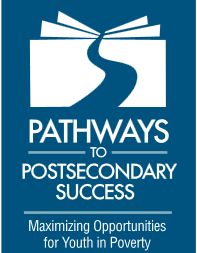
By John Rogers and Rhoda Freelon. Across the nation there is growing interest in improving the situation of young men of color, who are underrepresented in higher education and dramatically overrepresented in the criminal justice system (Lee & Ransom, 2011). Numerous studies have documented that black males enrolled in school often lag behind their peers academically, have less access to rigorous coursework, experience racial bias from school personnel because of lower expectations for boys of color, and are more likely to drop out (Gregory, Skiba, & Noguera, 2011; Holzman, 2010; Howard, 2008; Jackson & Moore, 2006; Sharon et al., 2010). Although it would be reasonable to expect that Latino males face similar challenges, there are few comparable studies that reveal their experiences. Given the new demographic realities facing the nation—and facing California in particular—it is important that we gain a better understanding of how both groups fare in the state’s public K–12 and postsecondary education system. The research described in this policy brief is part of a larger study, Pathways to Postsecondary Success, which examines the educational pathways of America’s low-income youth, especially in California. We focus here on young black and Latino males because they are nearly 3.5 times as likely as white children to live in poverty (Davis, Kilburn, & Schultz, 2009) and, in comparison to many other California youth, experience relatively low high school and college graduation rates.2 With these issues in mind, we sought answers to the following questions:
- What inequities do Latino and black males encounter in California’s public schools?
- What disparities in educational outcomes do Latino and black males in California face?
- Are some public high schools better than others at promoting the achievement and success of these particular subgroups? What characteristics do successful schools share?





